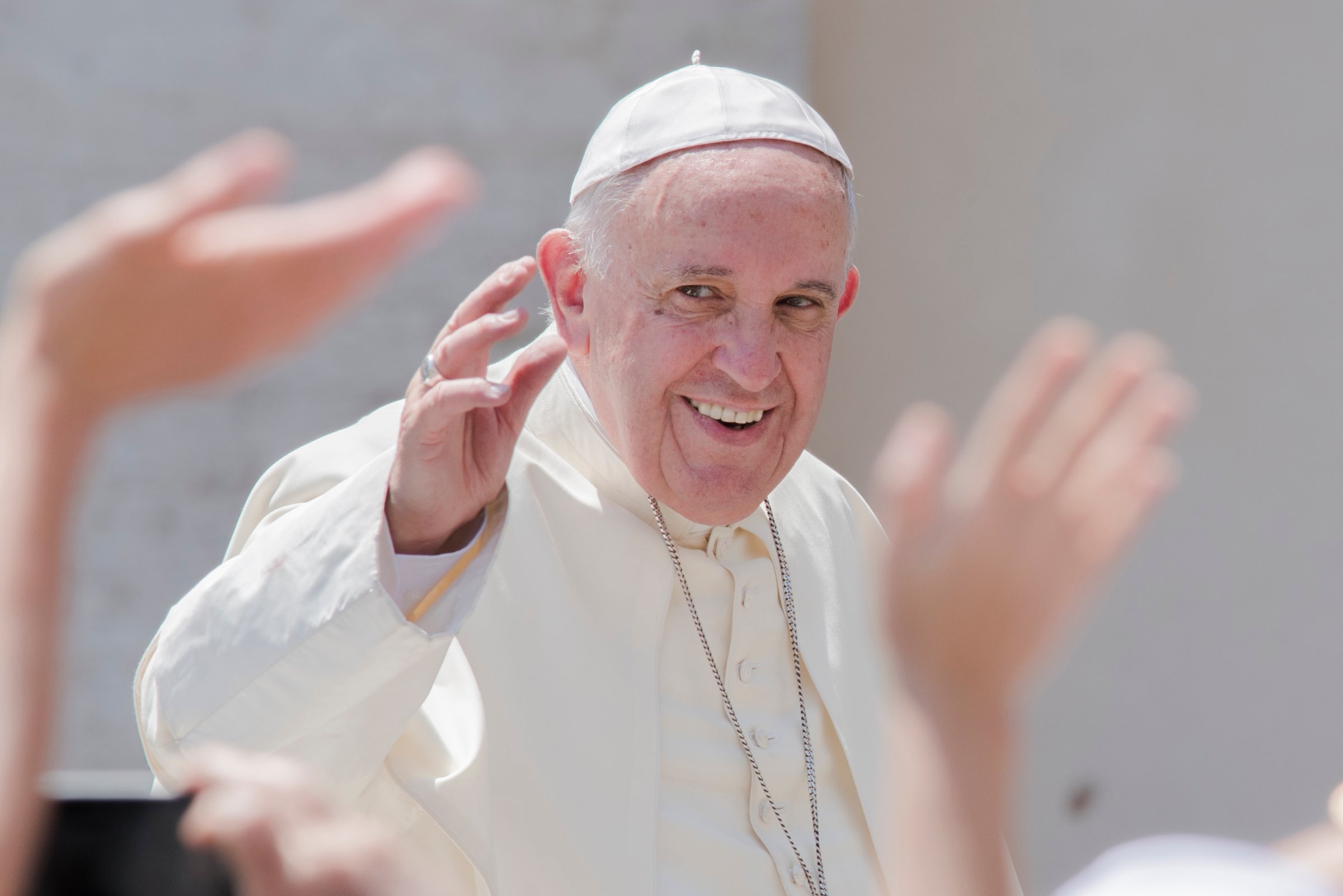
Pope Francis’ schedule is almost always a political document. Everyone wants a piece of it, especially when it comes to his upcoming September trip to the U.S. The White House and Congress, not to mention outside groups, have been lobbying for months to try to influence his agenda. On Tuesday morning, the Vatican and the United States Conference of Catholic Bishops released the official schedule for the trip. Predictably, it is packed. Pope Francis will visit Cuba and the U.S. from Sept. 19-28—four days in Cuba, five in the U.S—and give a total of 26 addresses, 18 of them in the U.S.
The world has known the big-ticket items for months—a meeting with President Obama, an address to the U.S. Congress, a talk at the United Nations, and a mass in Philadelphia for the World Meeting of Families. But the other events hold just as powerful a message. The logistics are often the key to understanding the entire agenda—where Pope Francis is, who he is with, where he is coming from and where he is going next say as much about his message as his words themselves.
This schedule shows the Pope’s diplomatic acumen from the start. Pope Francis comes to Washington only after giving first dibs to Cuba, an island that the U.S. had blackballed economically until he intervened in December. And, Pope Francis will fly directly from there to Joint Base Andrews outside Washington DC, symbolizing the new link he helped to forge between the two nations.
Once he has arrived in the U.S., Pope Francis establishes a pattern—he links political events with pastoral ones. His first full day in Washington, the Pope will meet with Obama at the White House, and then leave to hold midday prayer with the U.S. bishops at St. Matthew’s Cathedral. It is tradition for the pope to gather the bishops when he visits, and leaving the White House for a church shows the value Francis places on the work of the church and its leaders.
The next day, immediately after speaking to the U.S. Congress, he will visit Catholic Charities, the social outreach ministry of the Archdiocese of Washington, which does extensive work to serve the area’s poor, homeless and immigrant communities. The juxtaposition is a not-so-subtle hint about who Pope Francis hopes political leaders will be—politicians who serve the poor, instead of staying isolated in the halls of power.
The Most Surprising Photos of Pope Francis

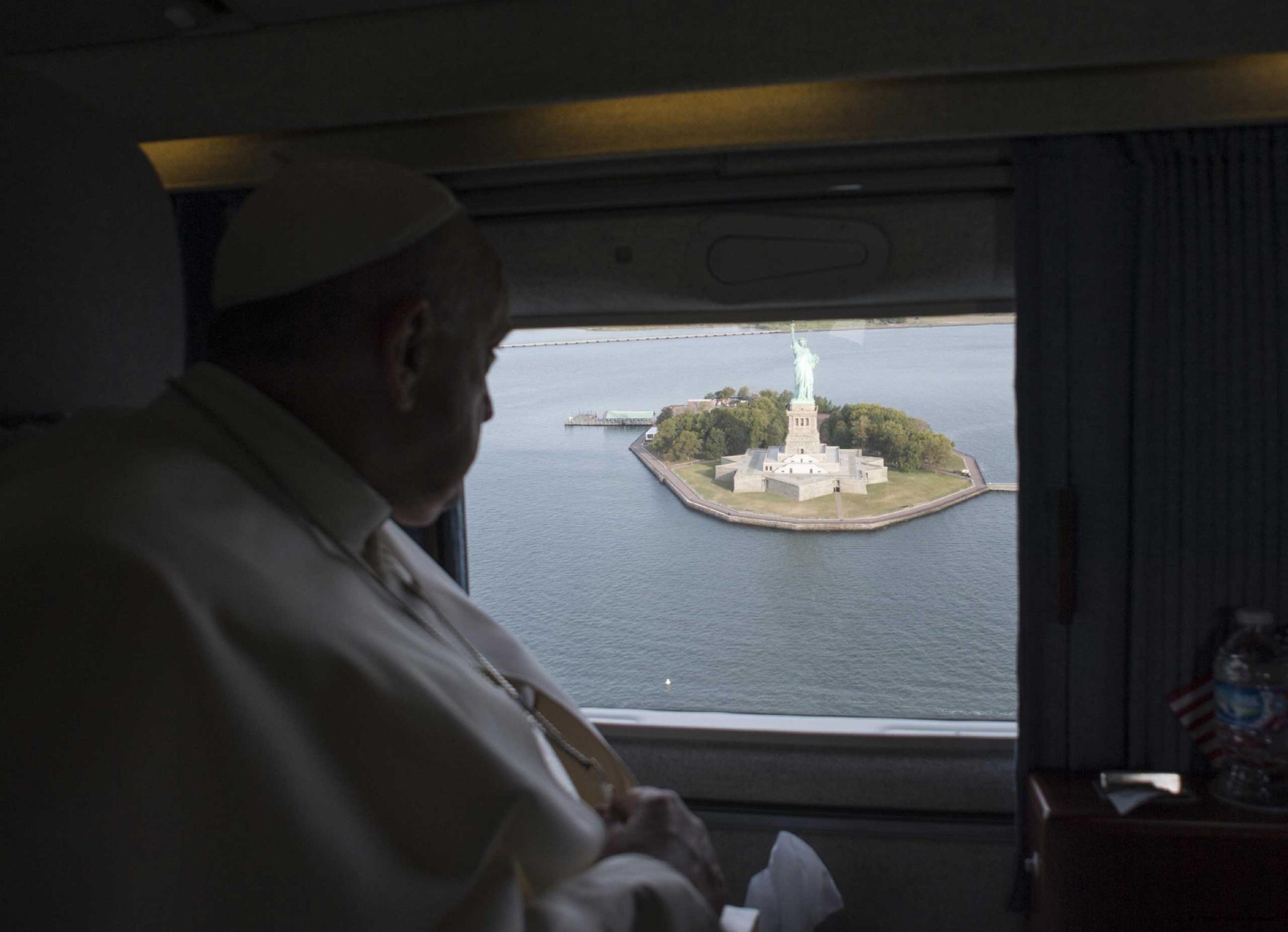

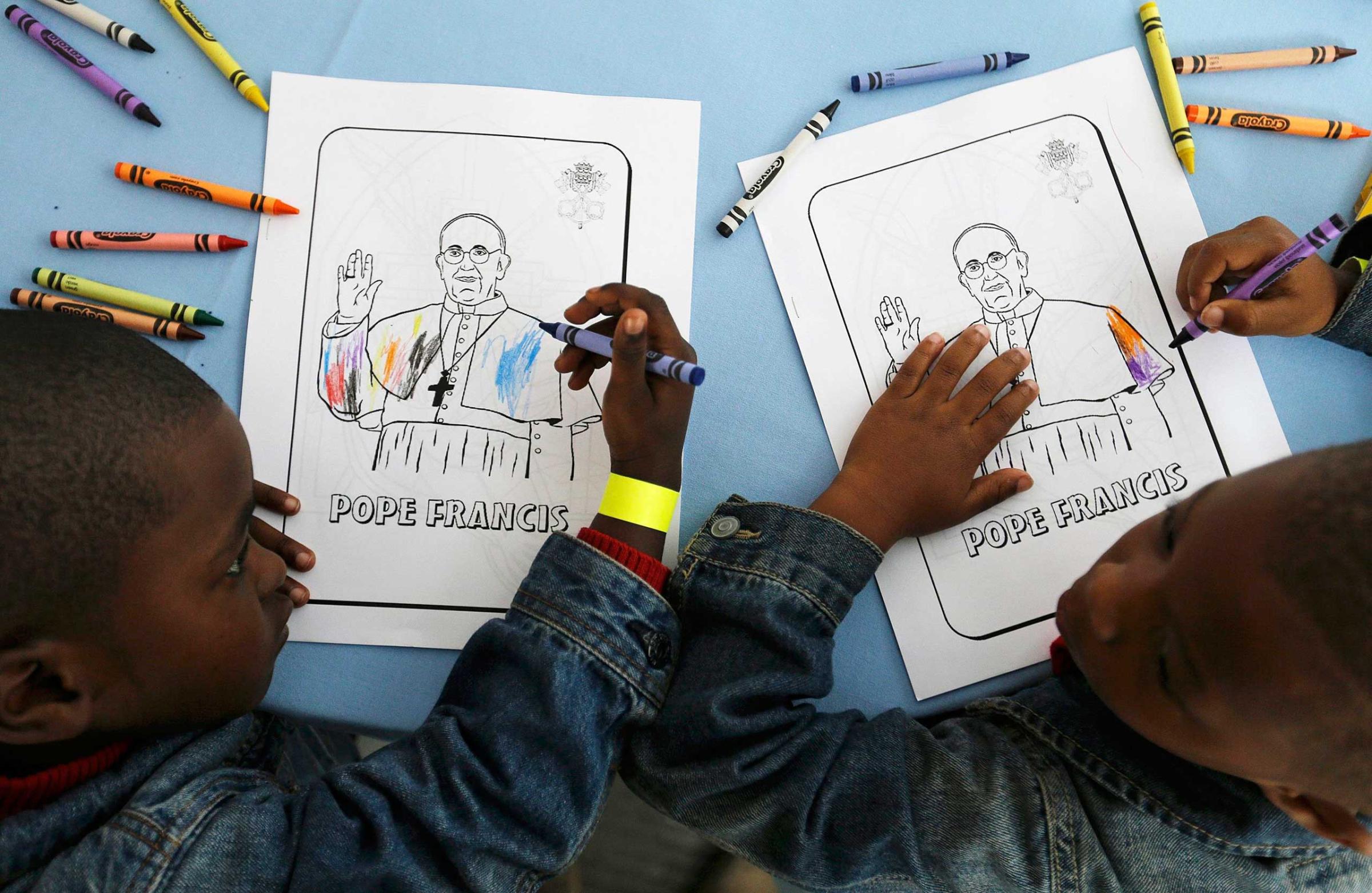

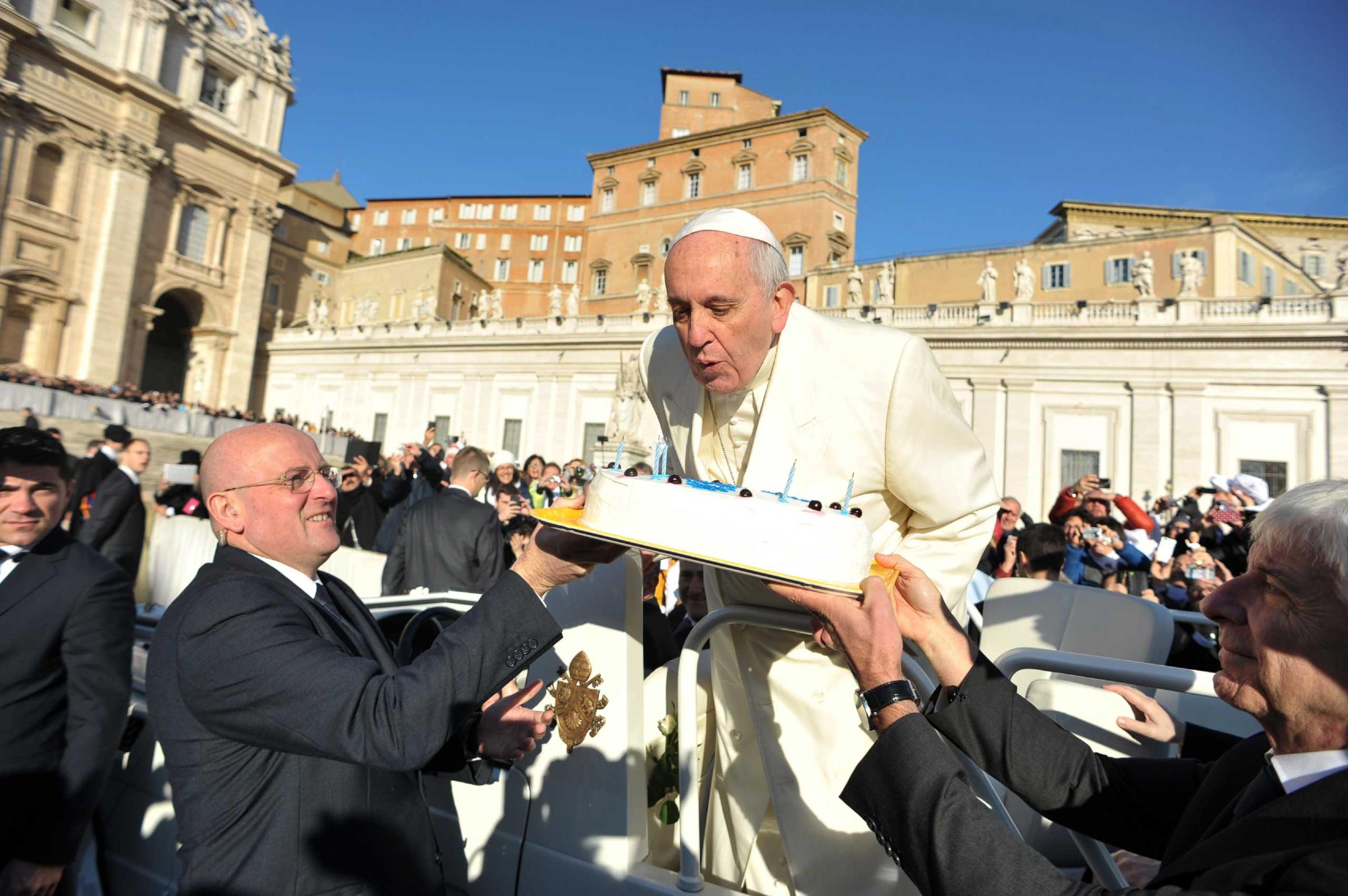
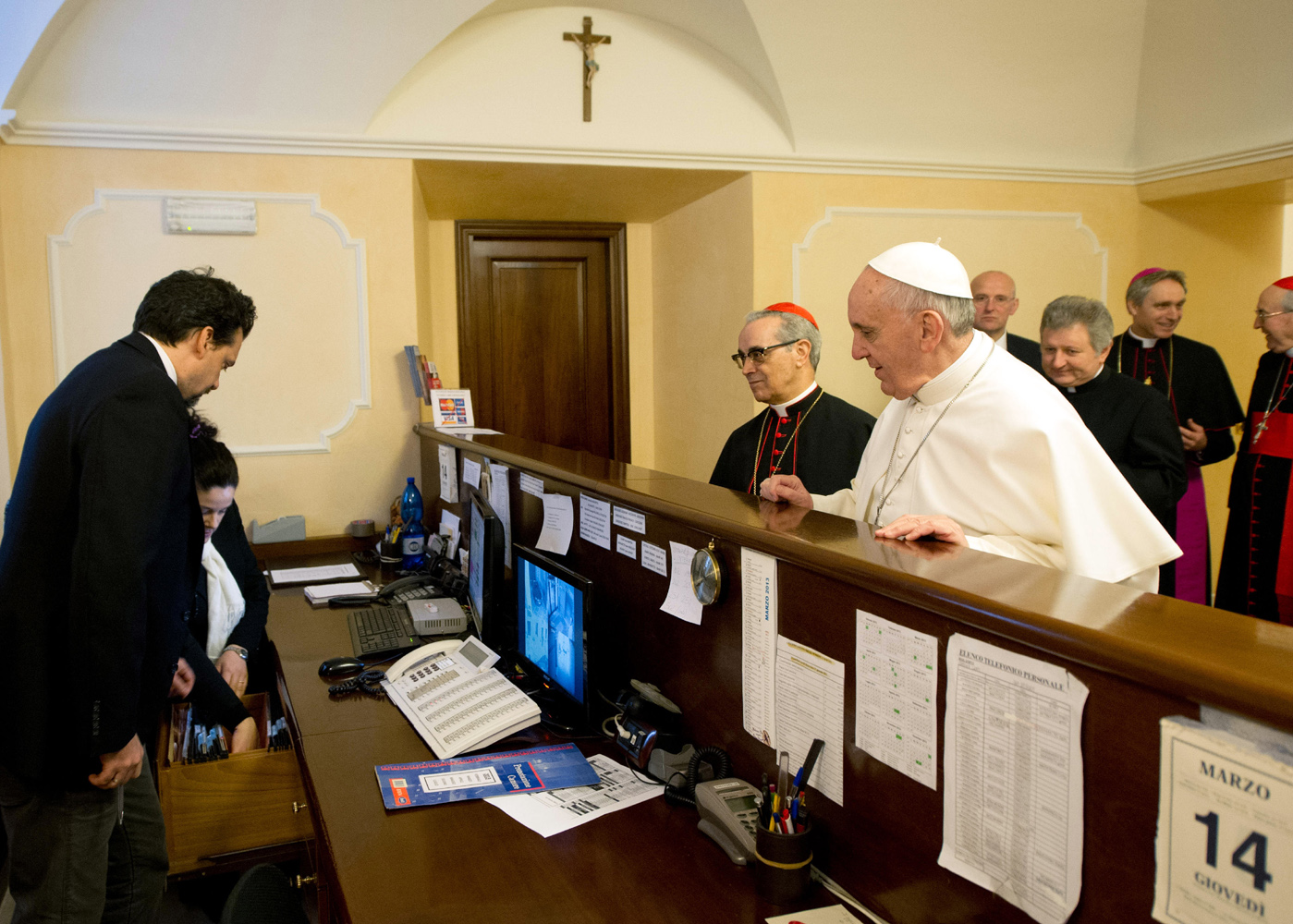
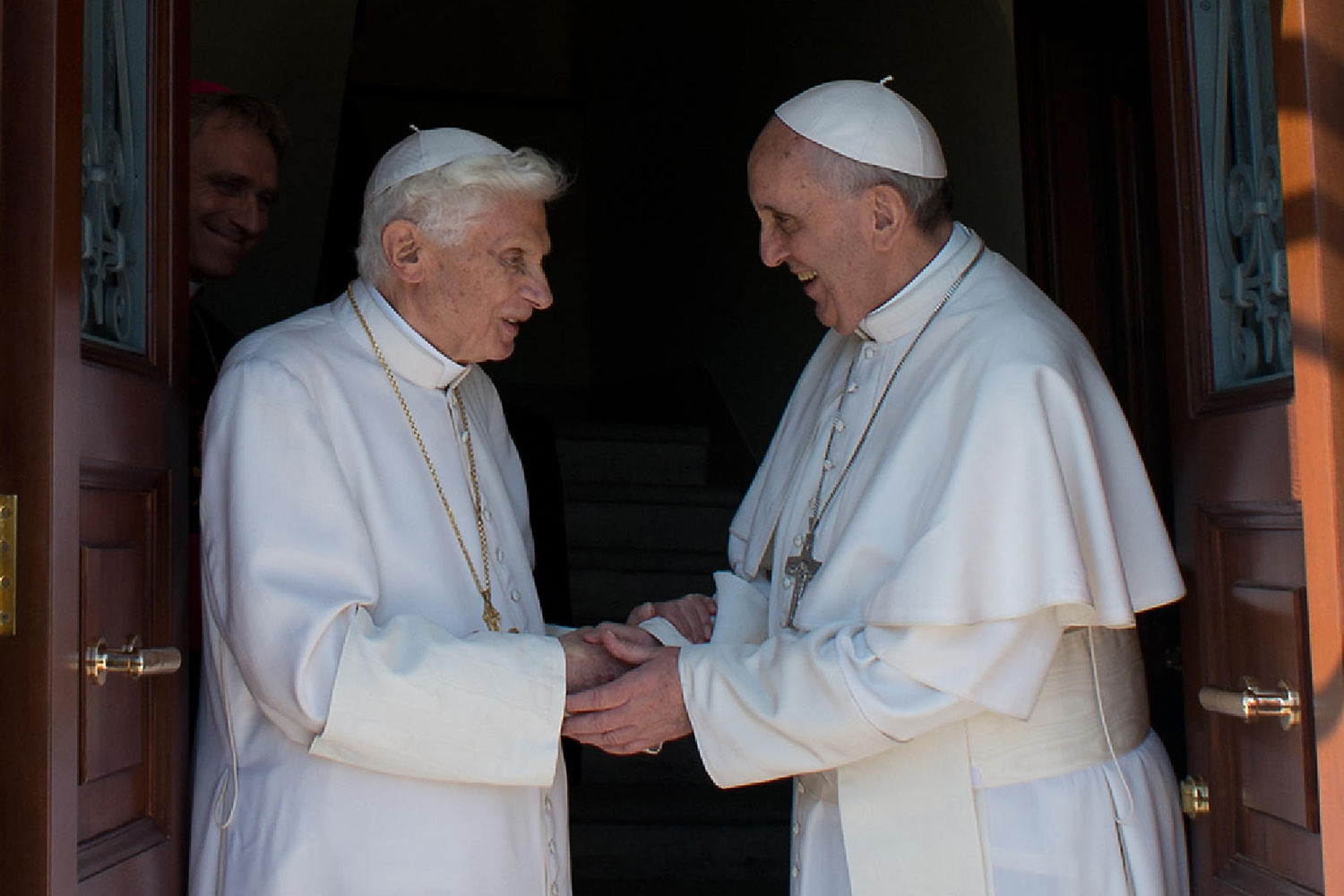

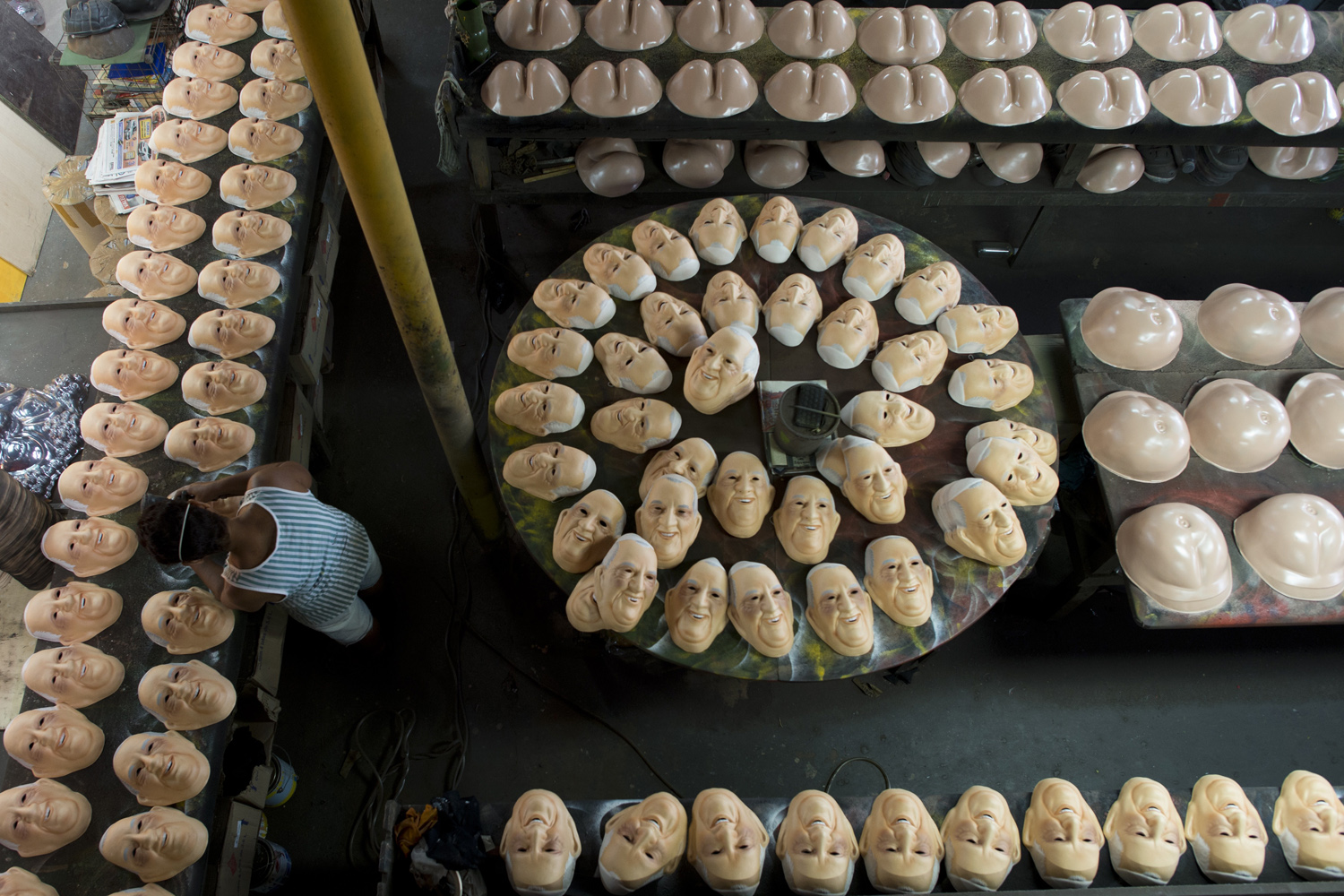


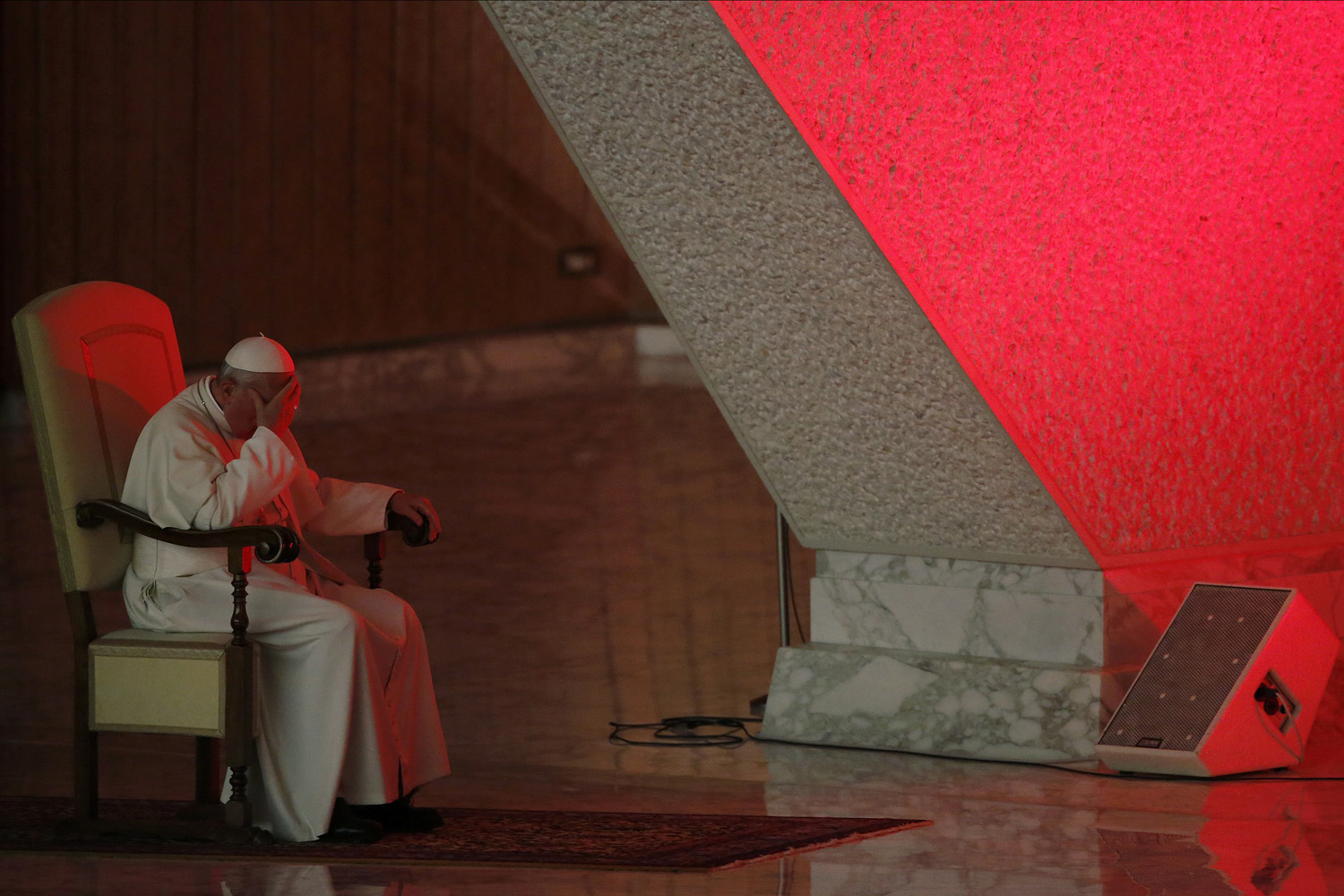
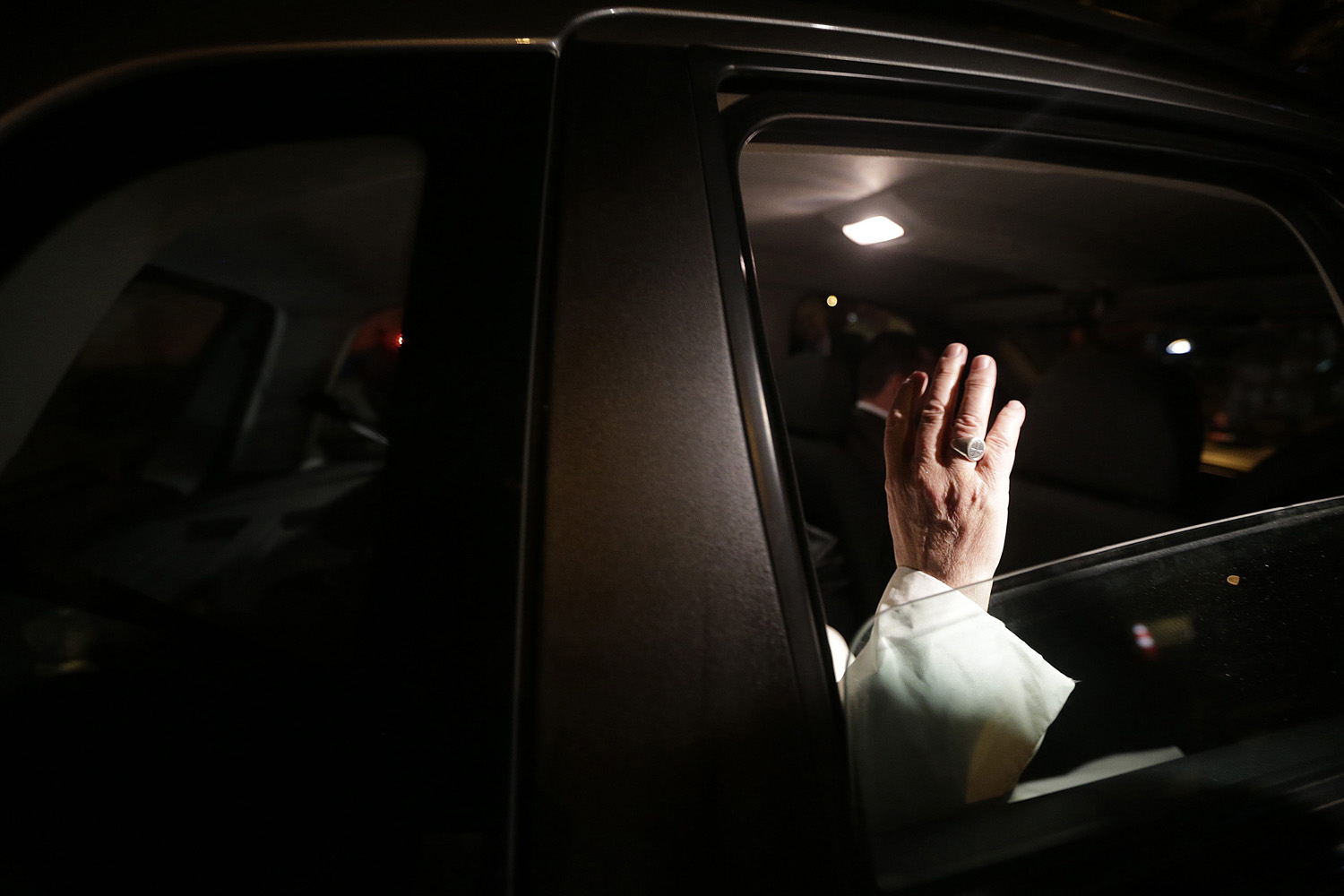
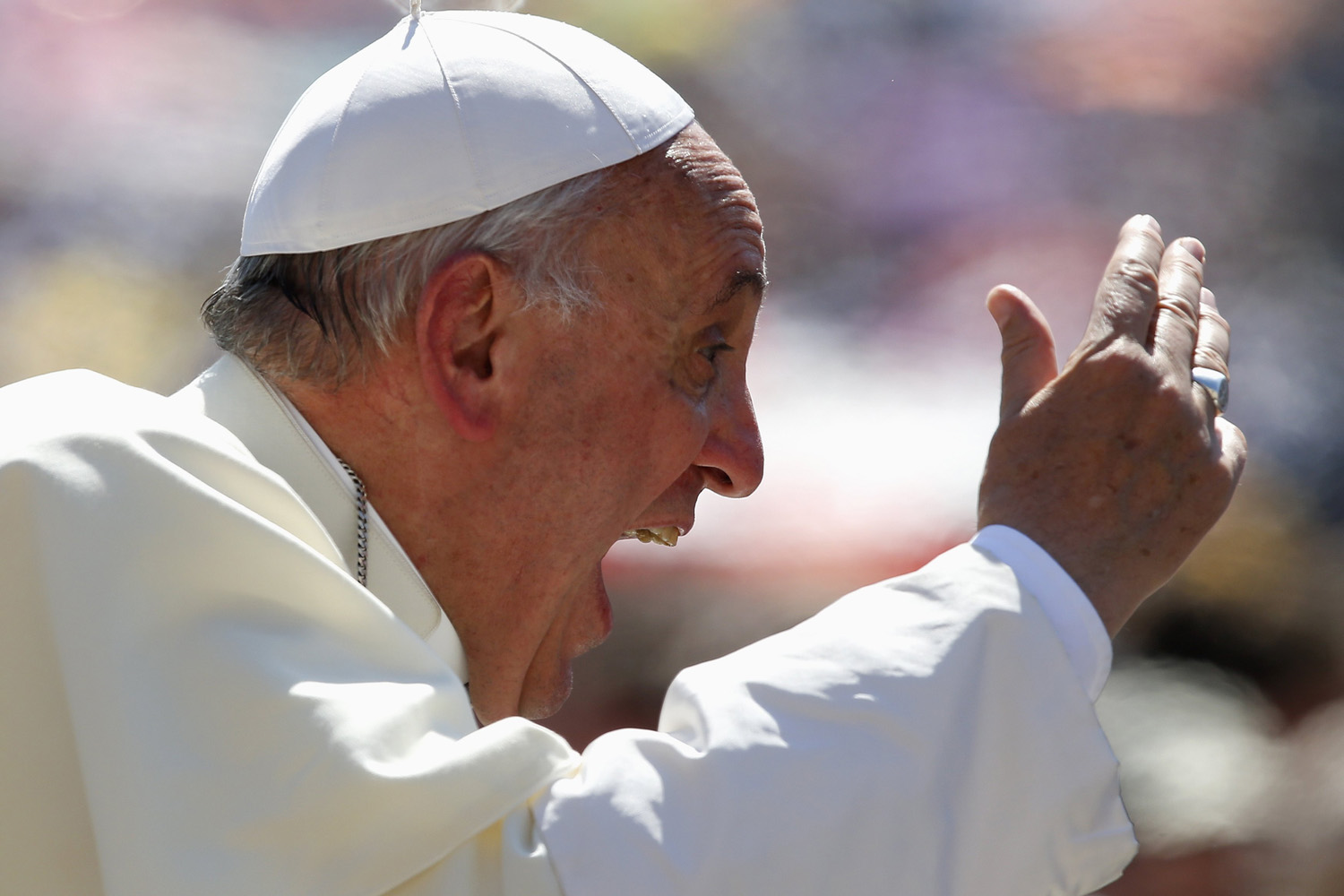





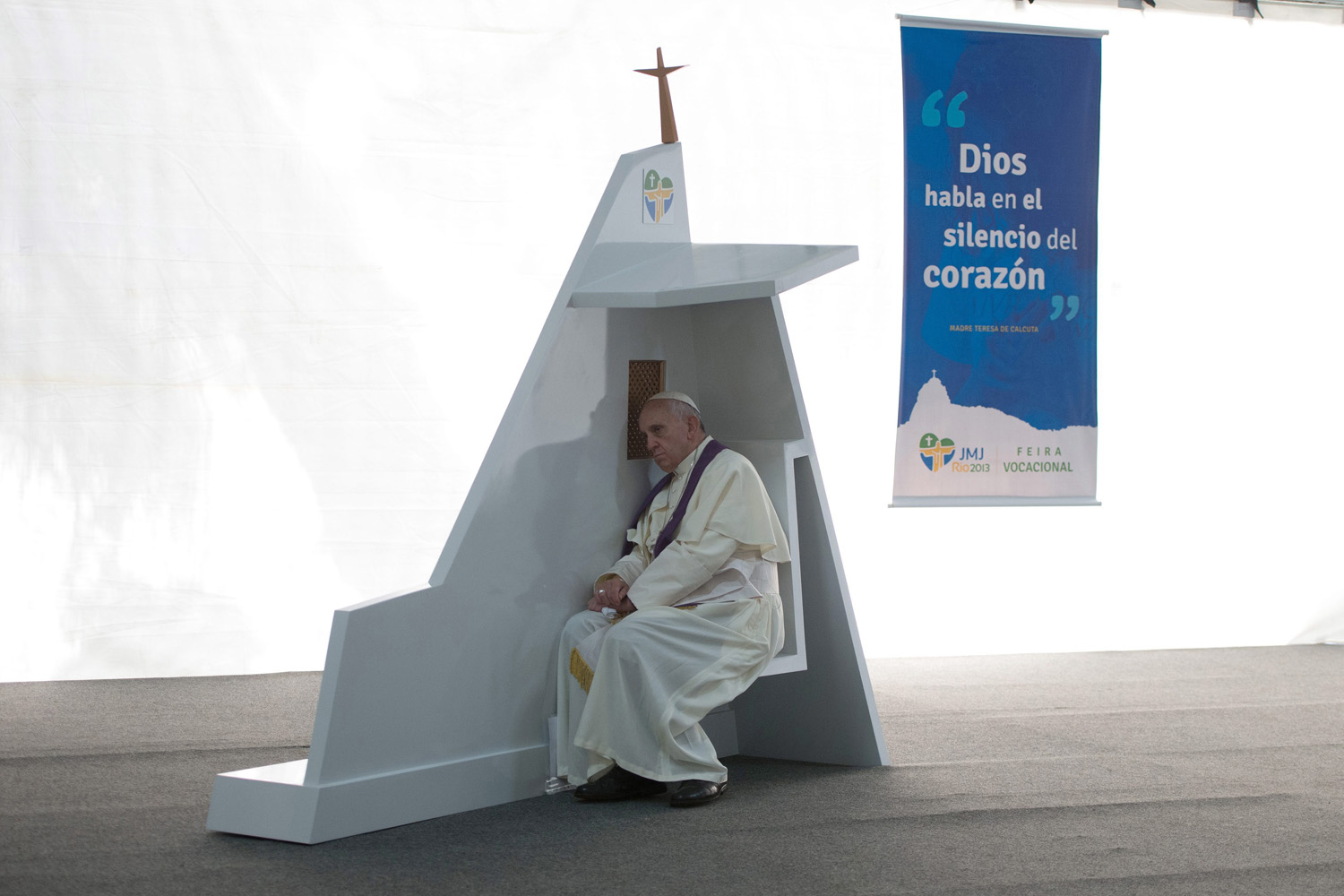
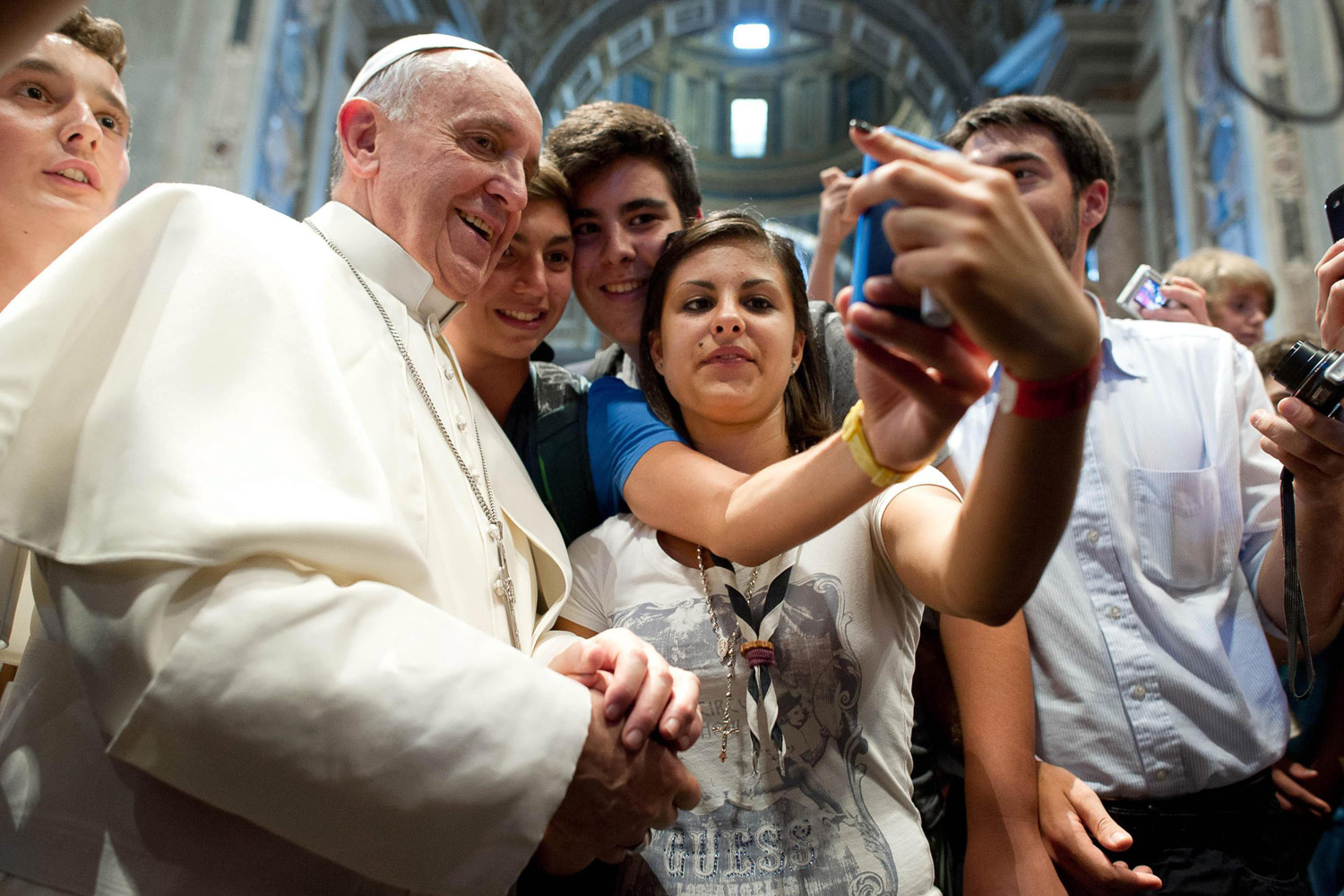
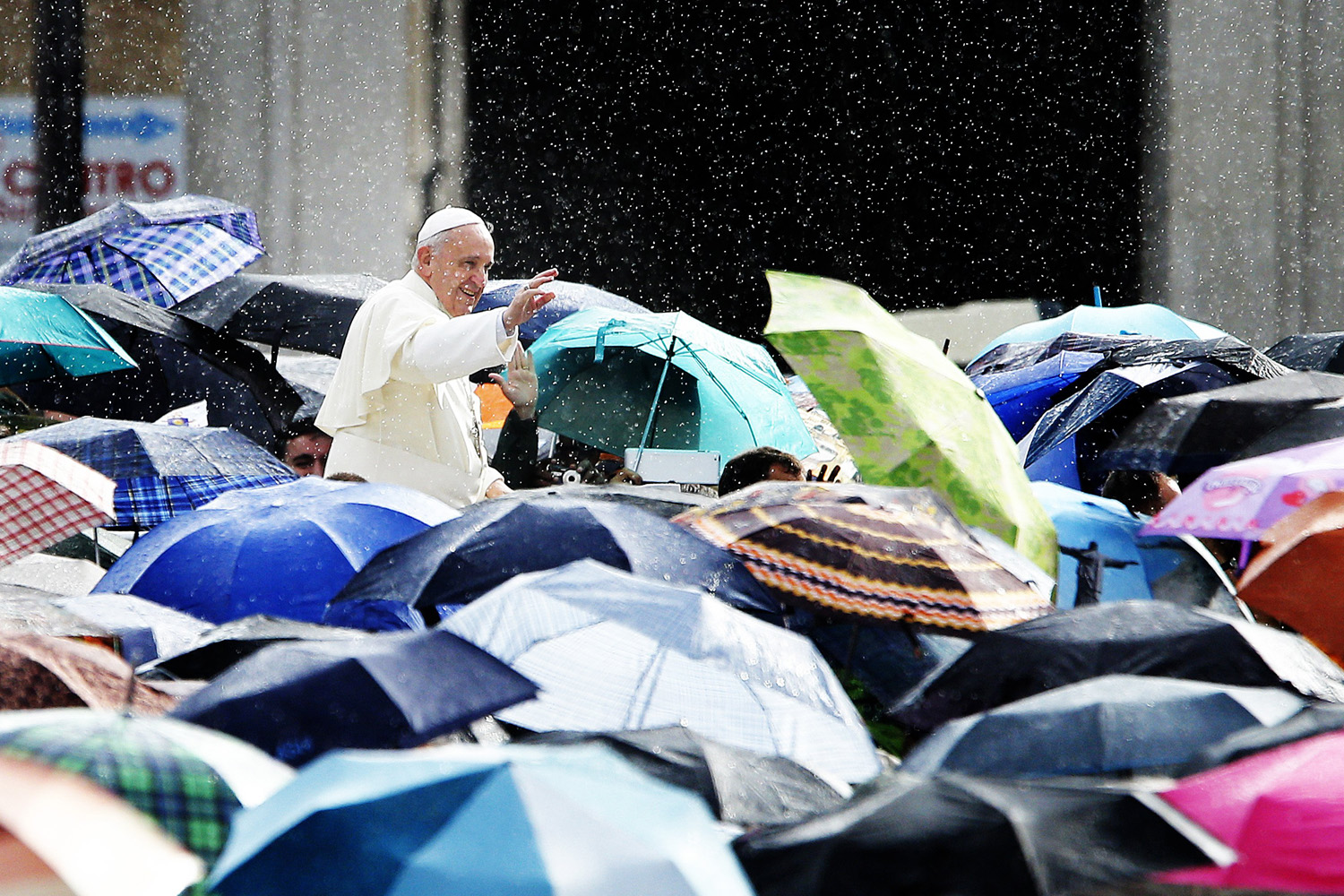

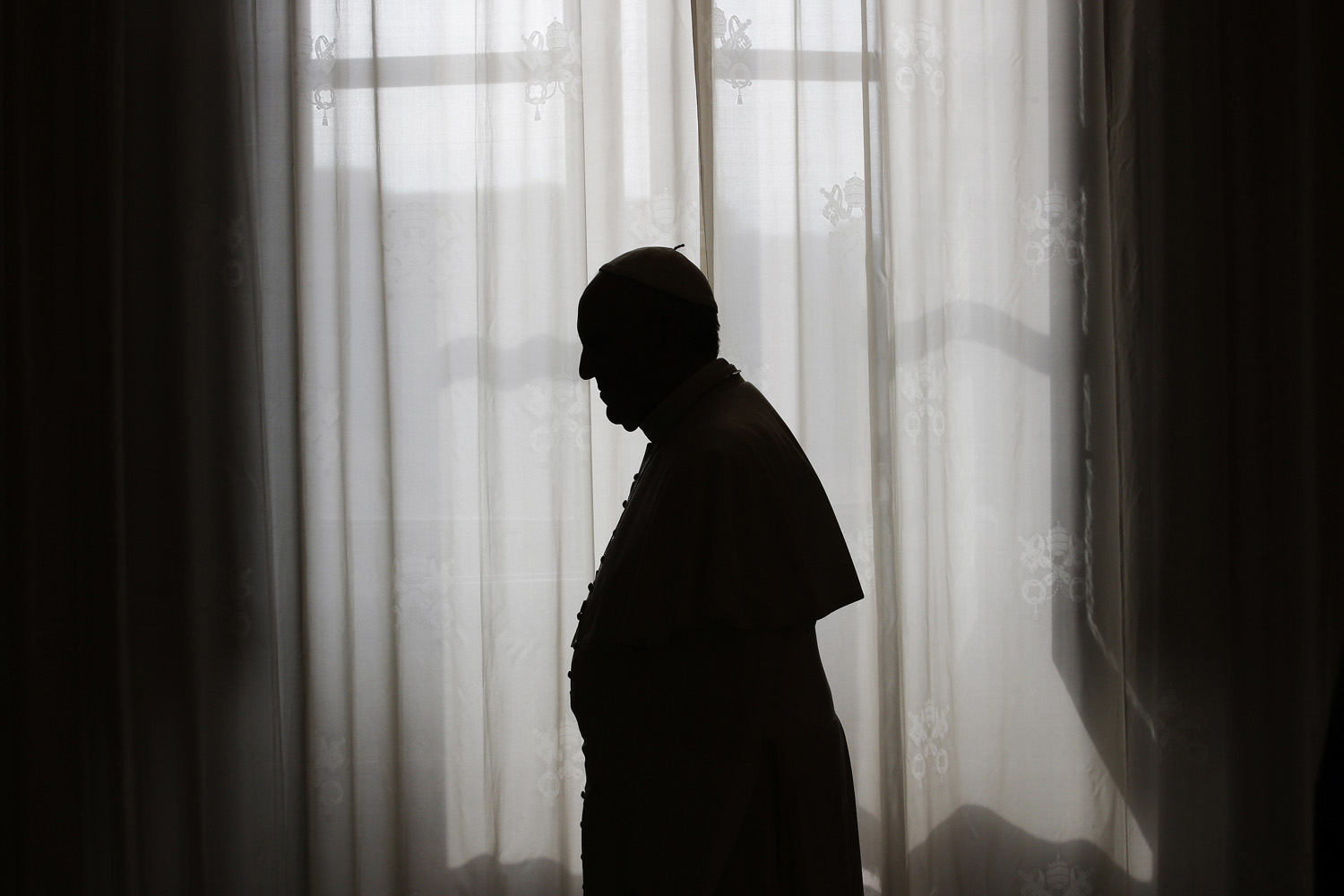
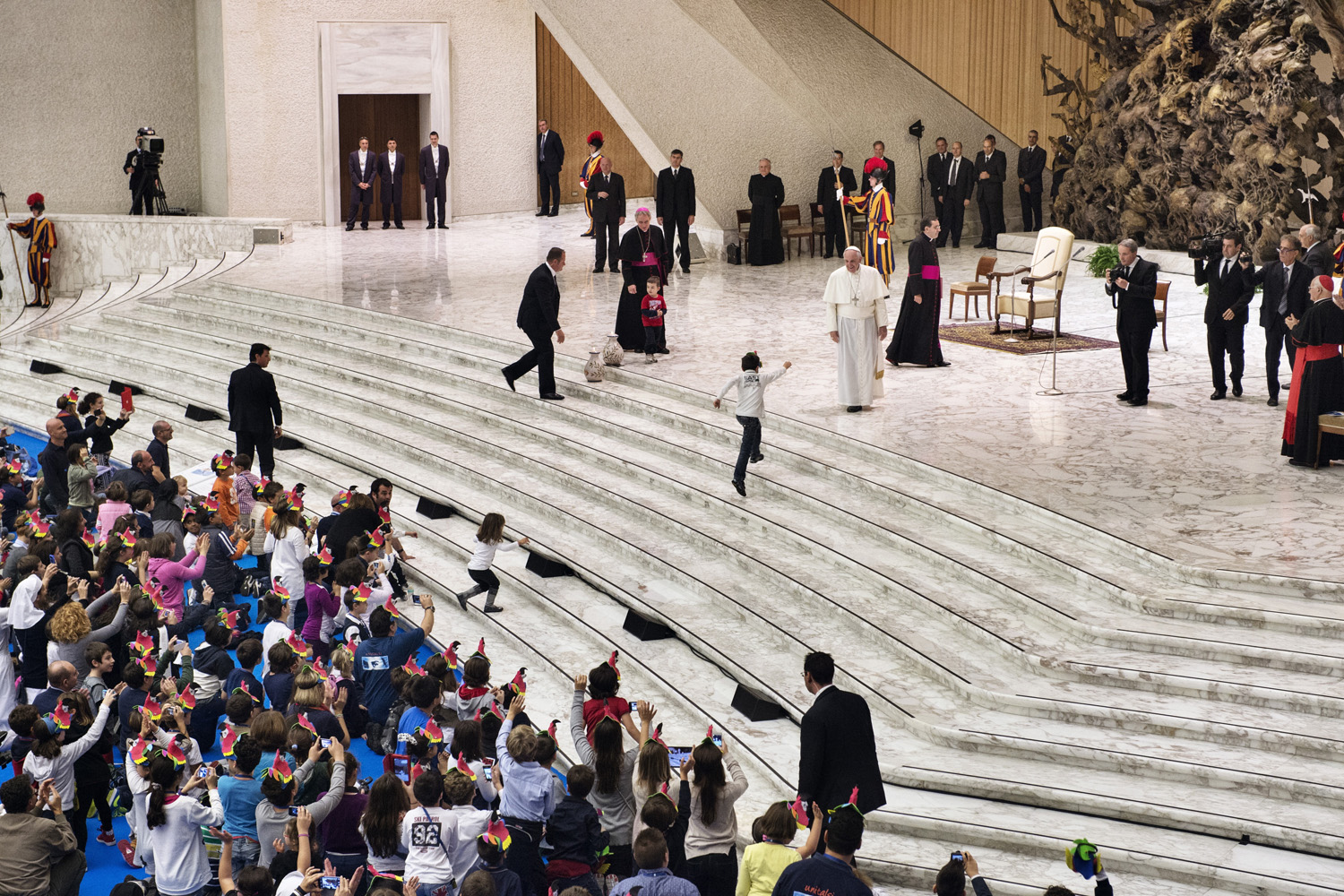
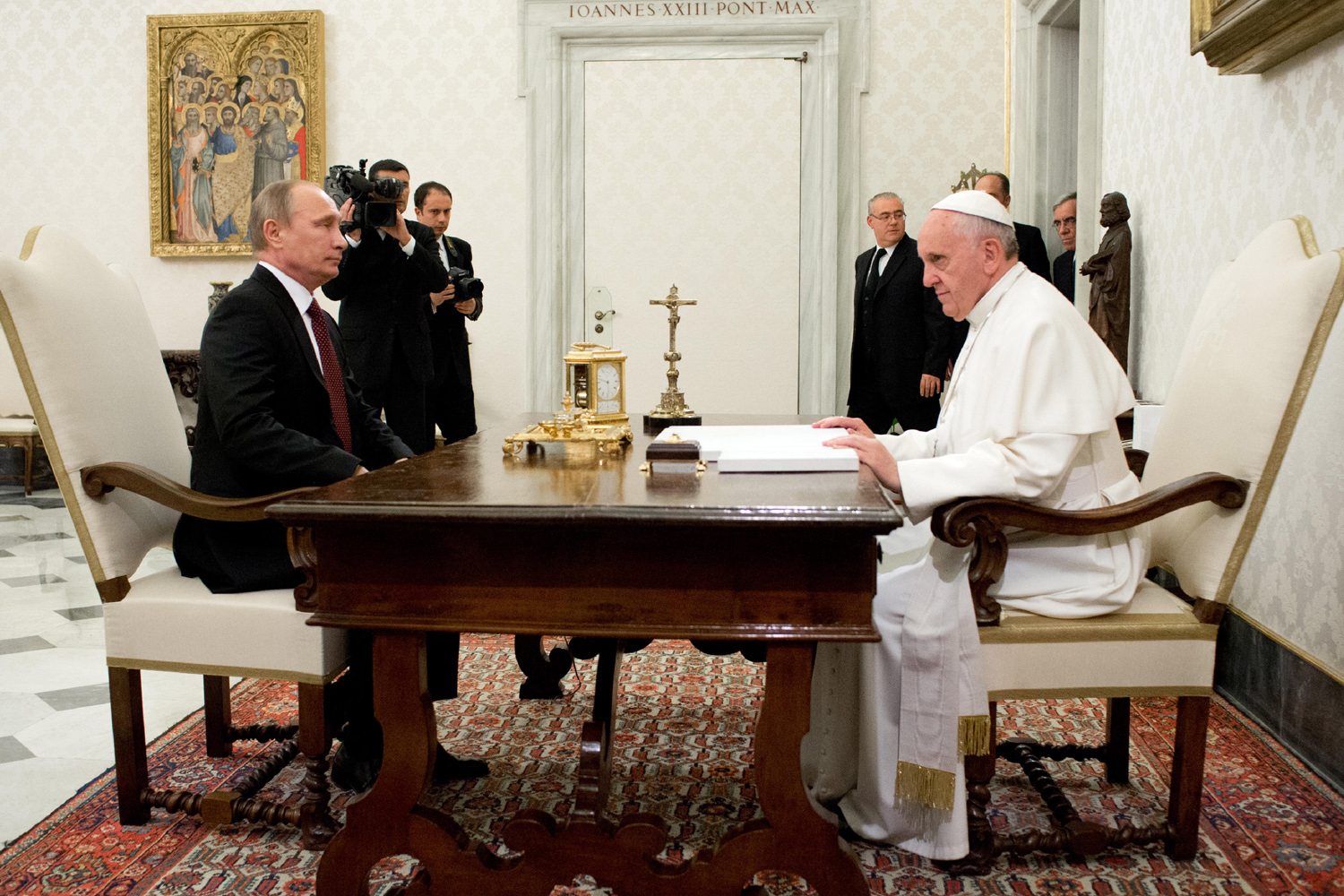
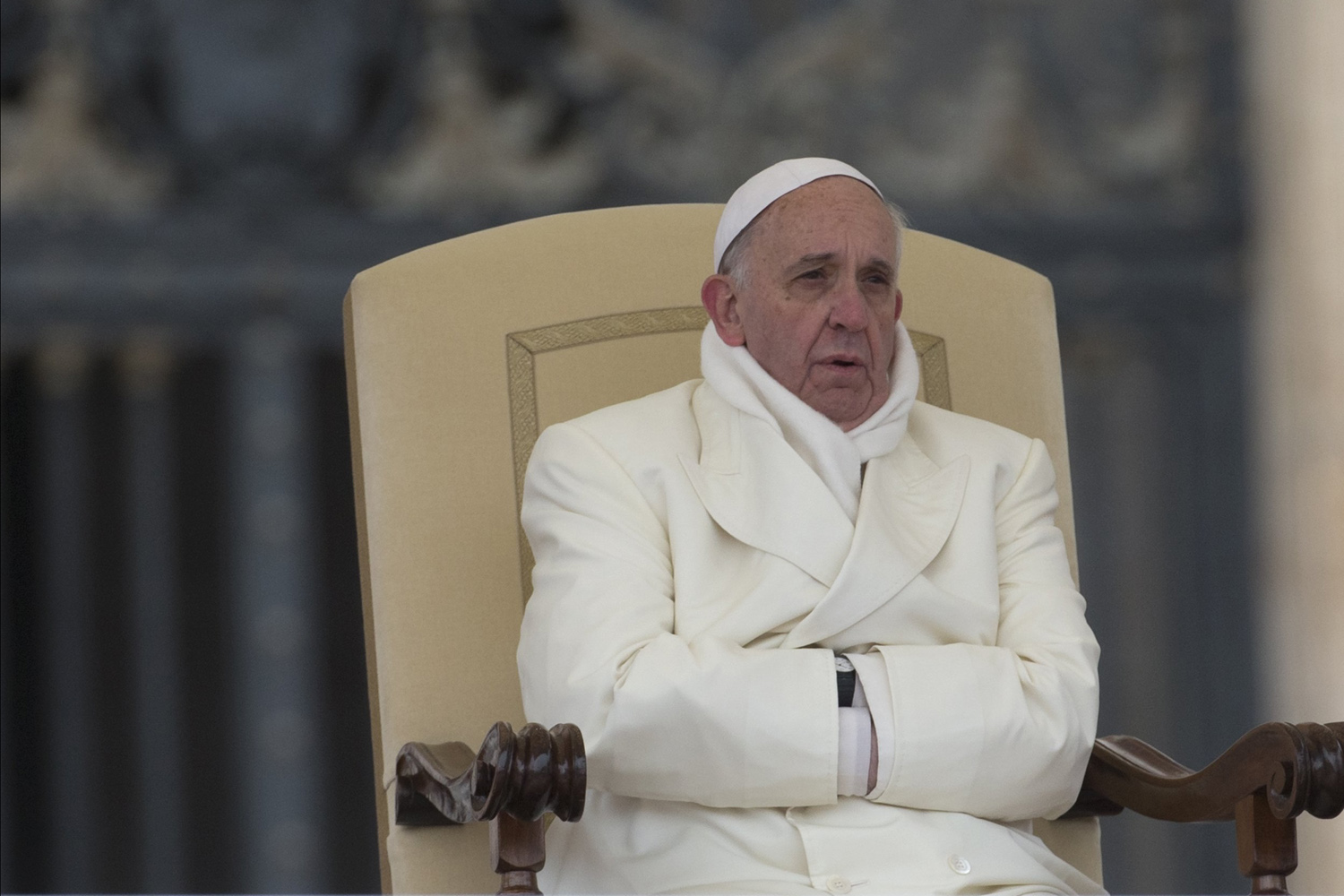
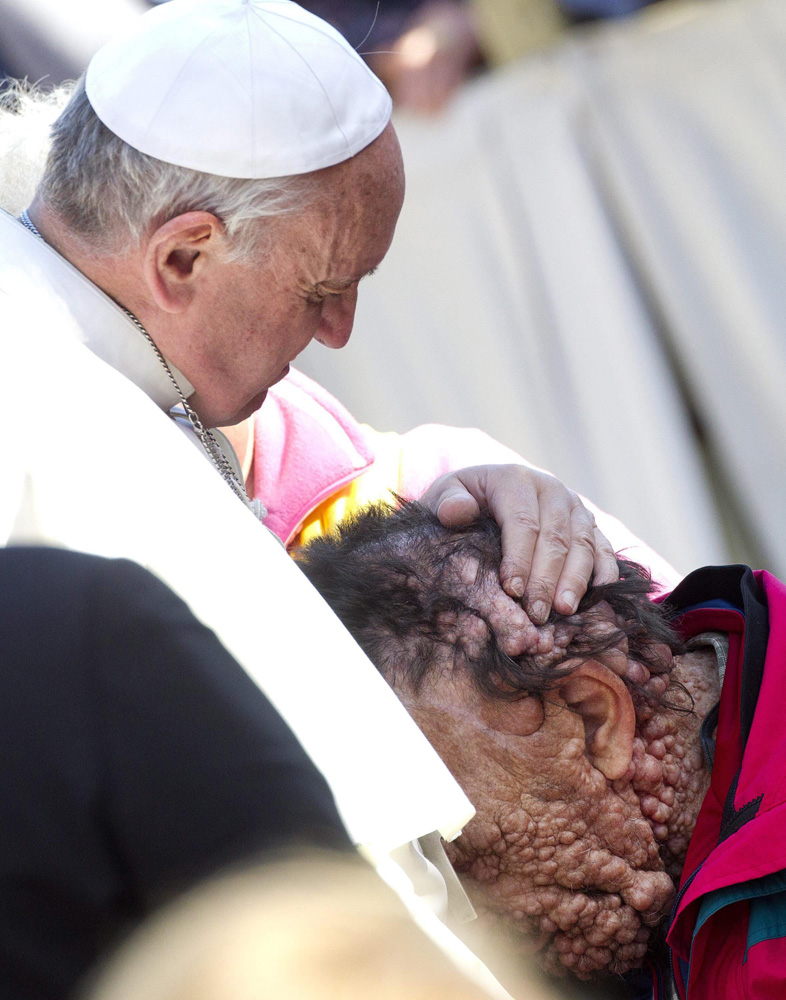
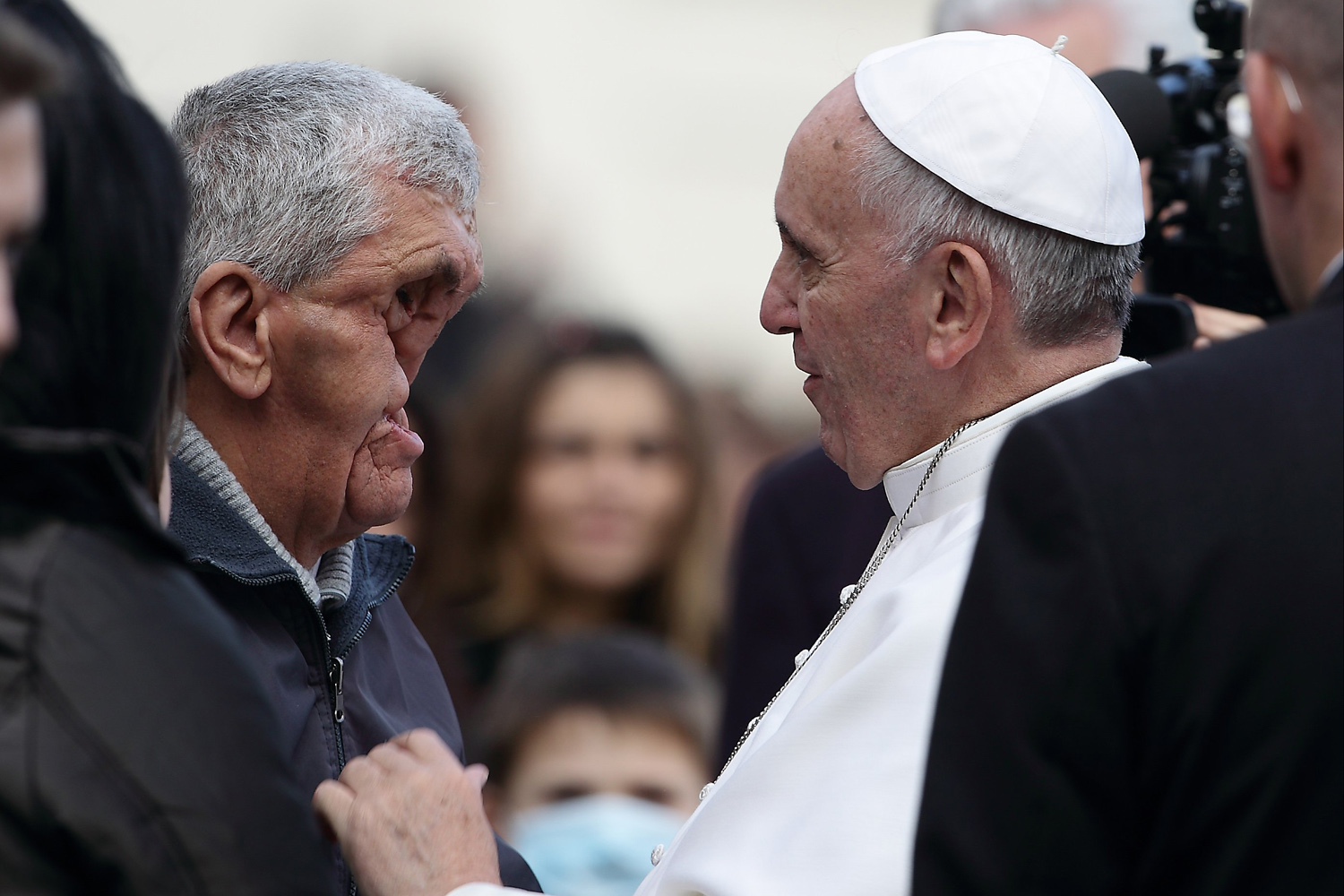
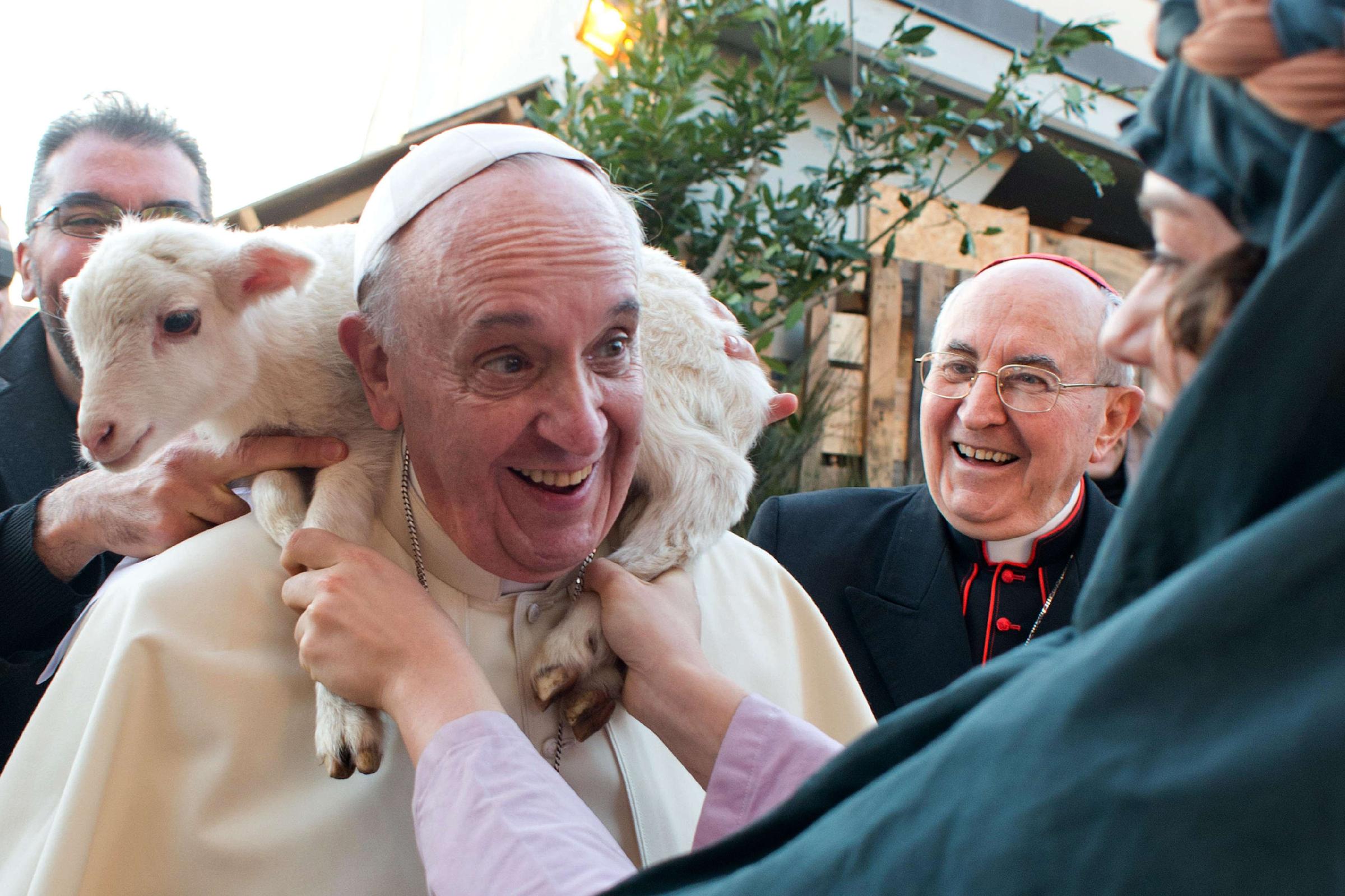

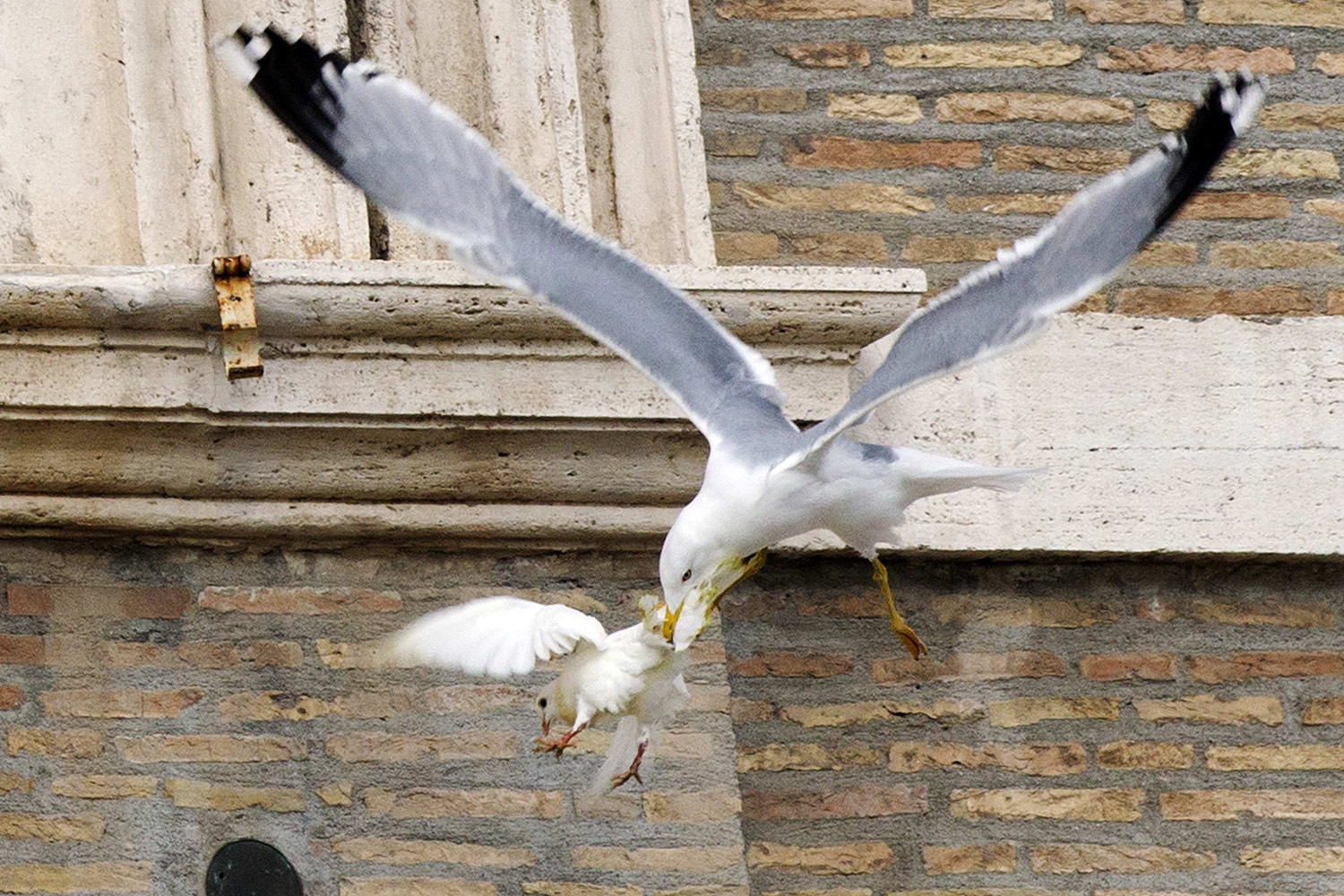
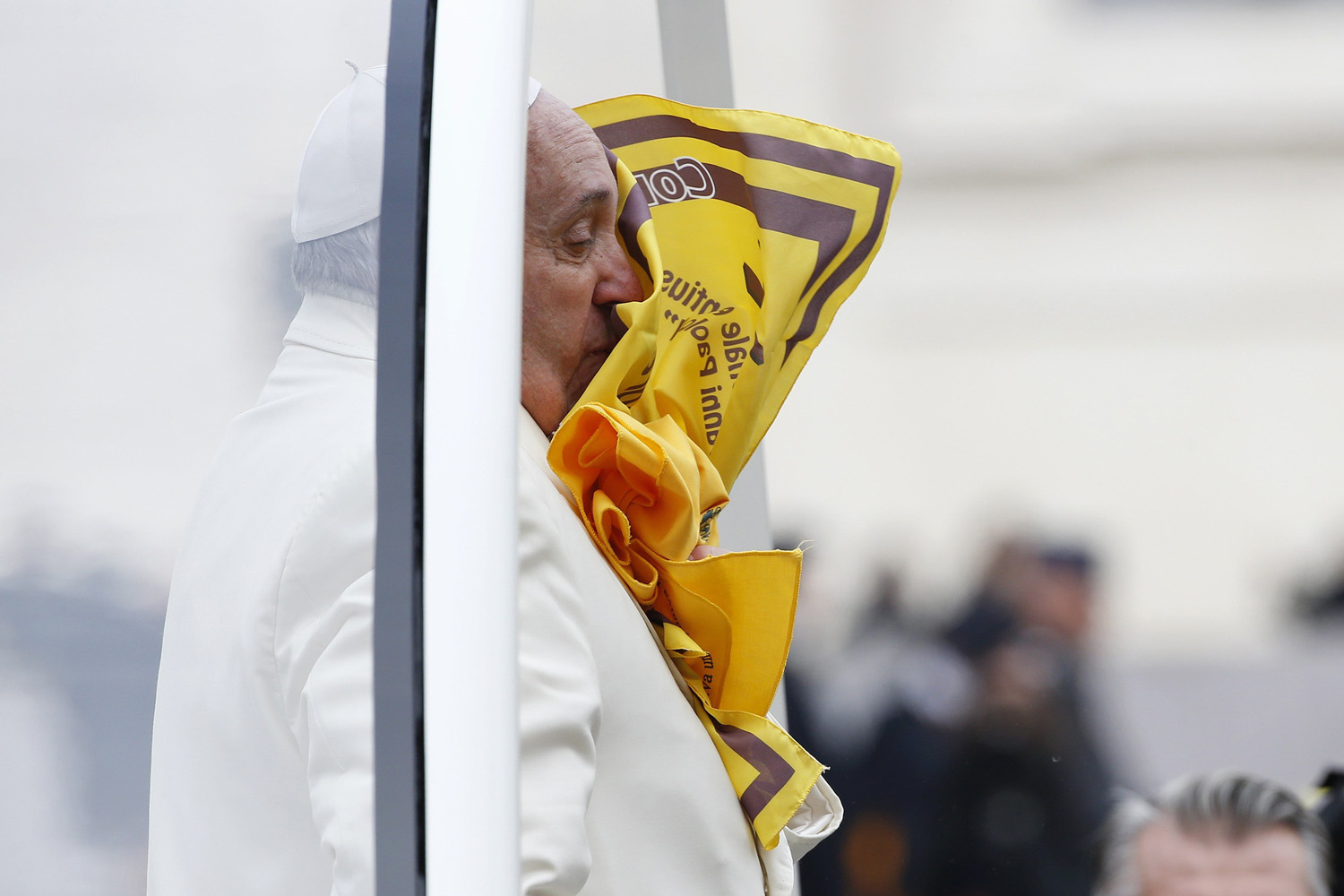
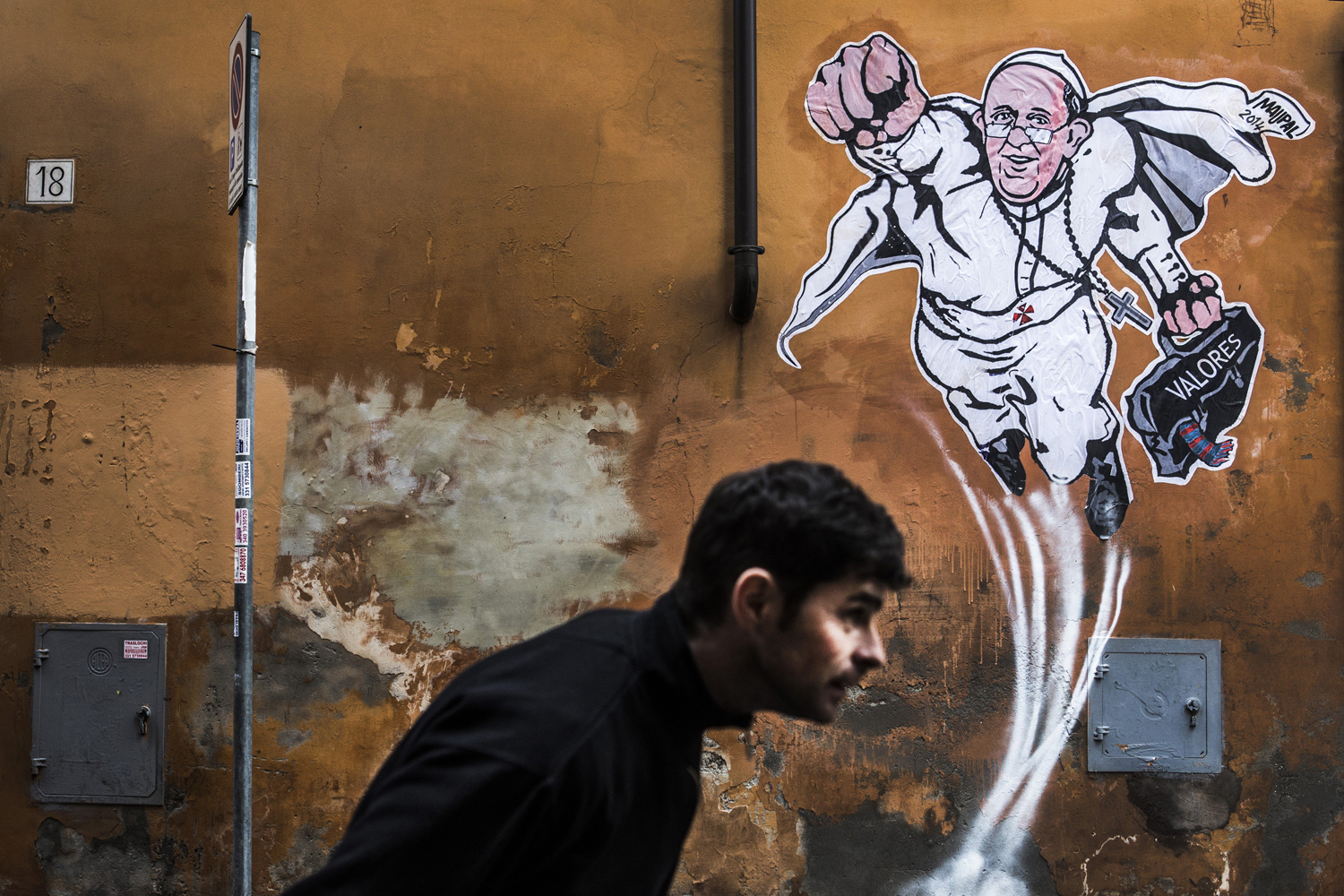
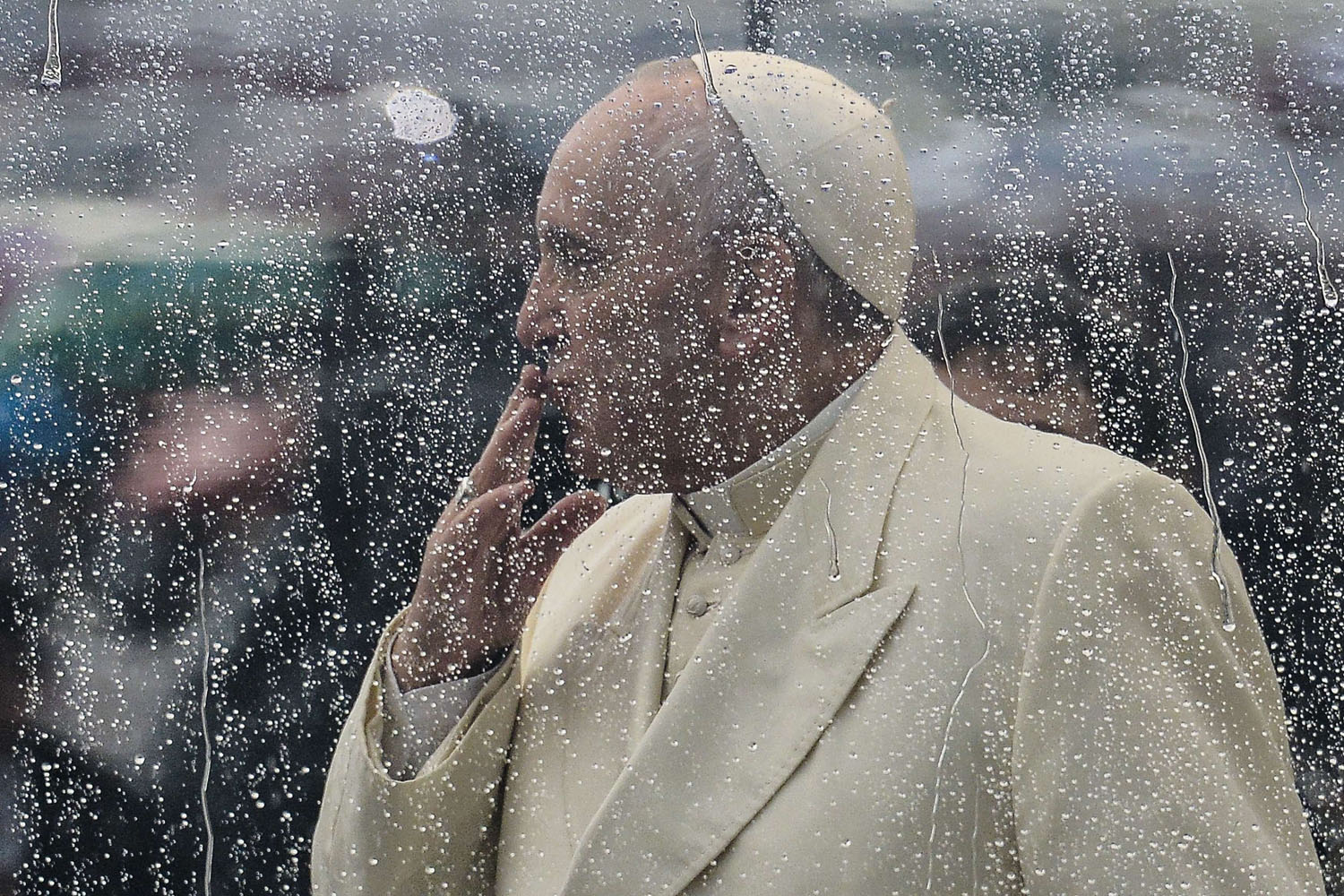
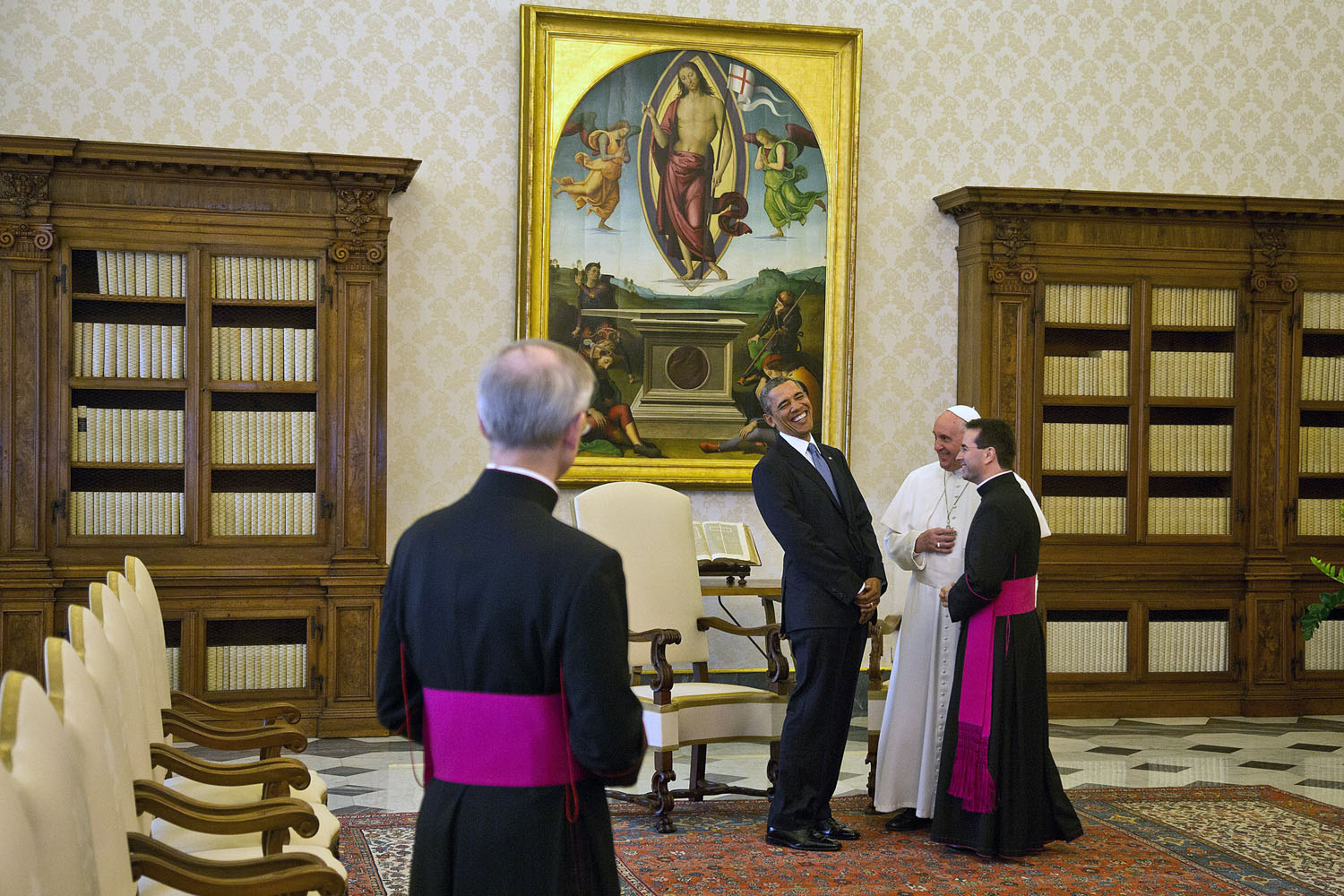
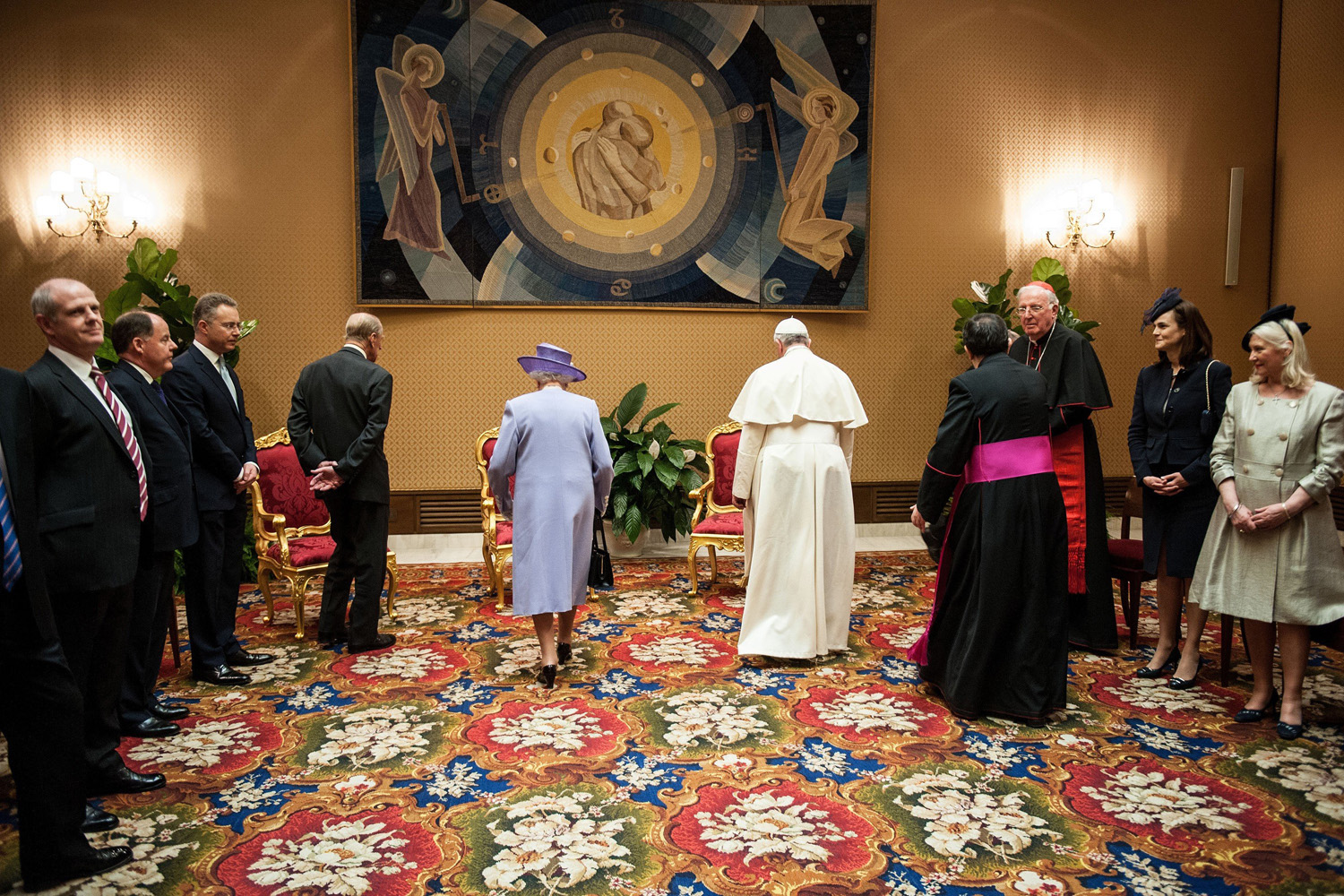
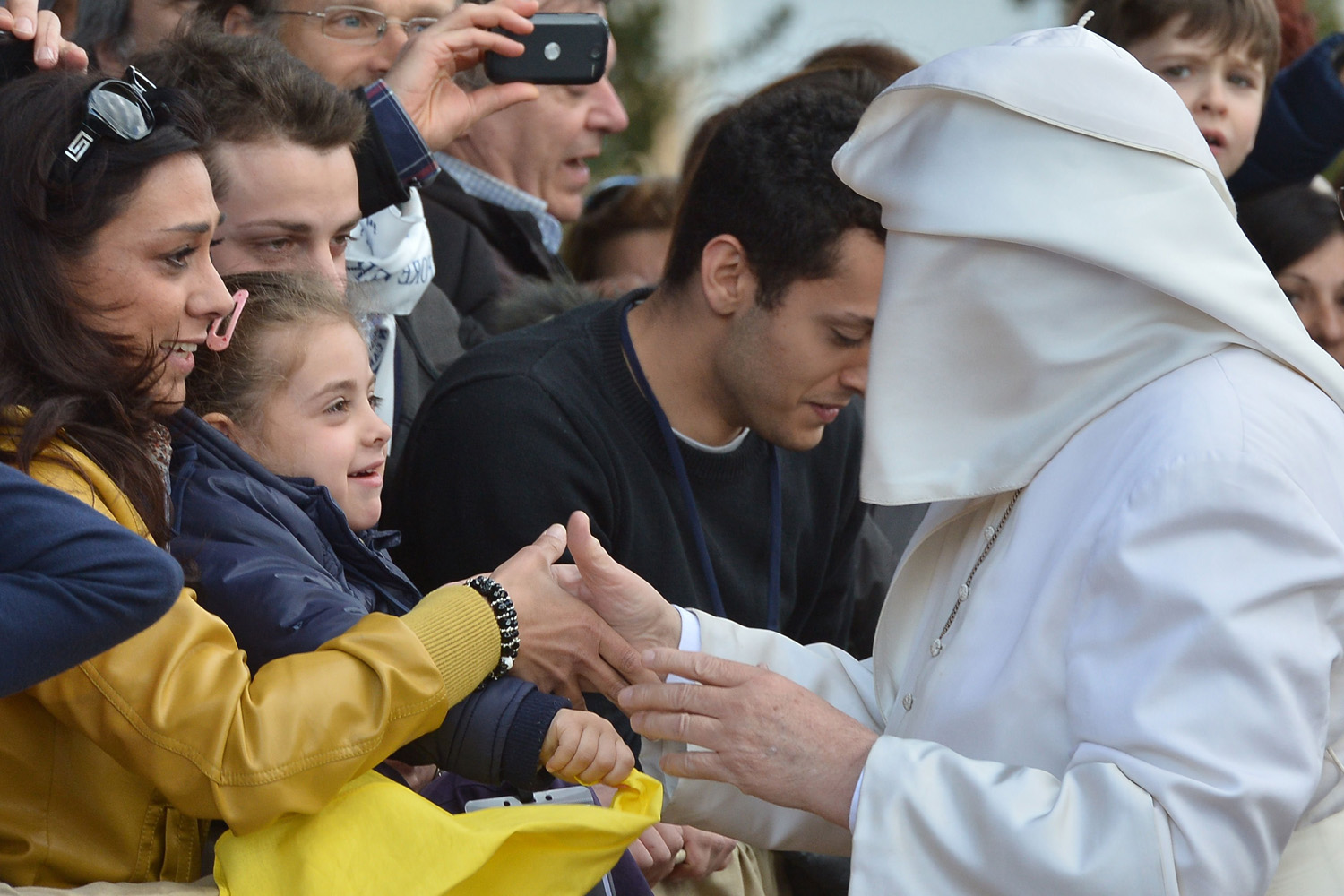
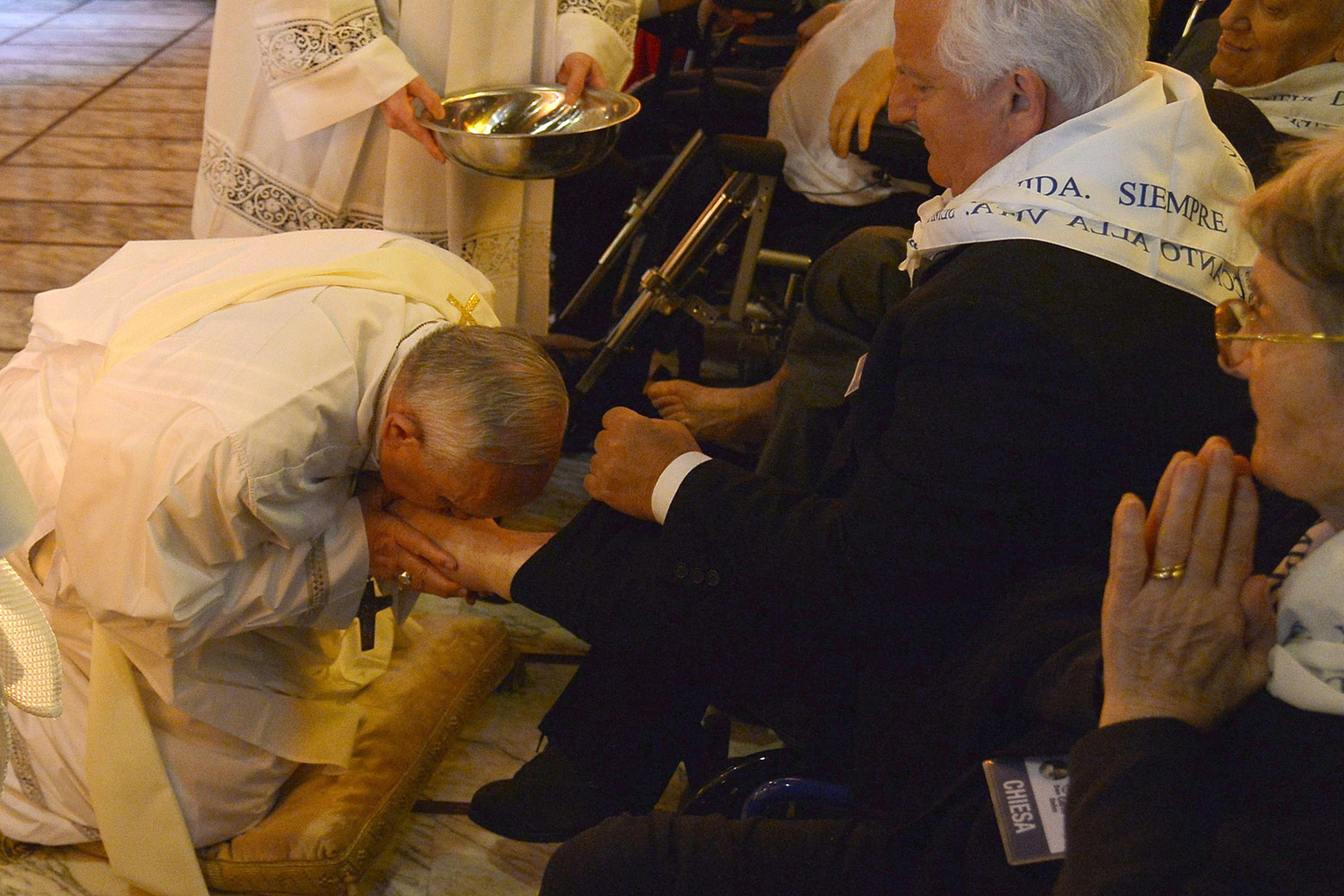
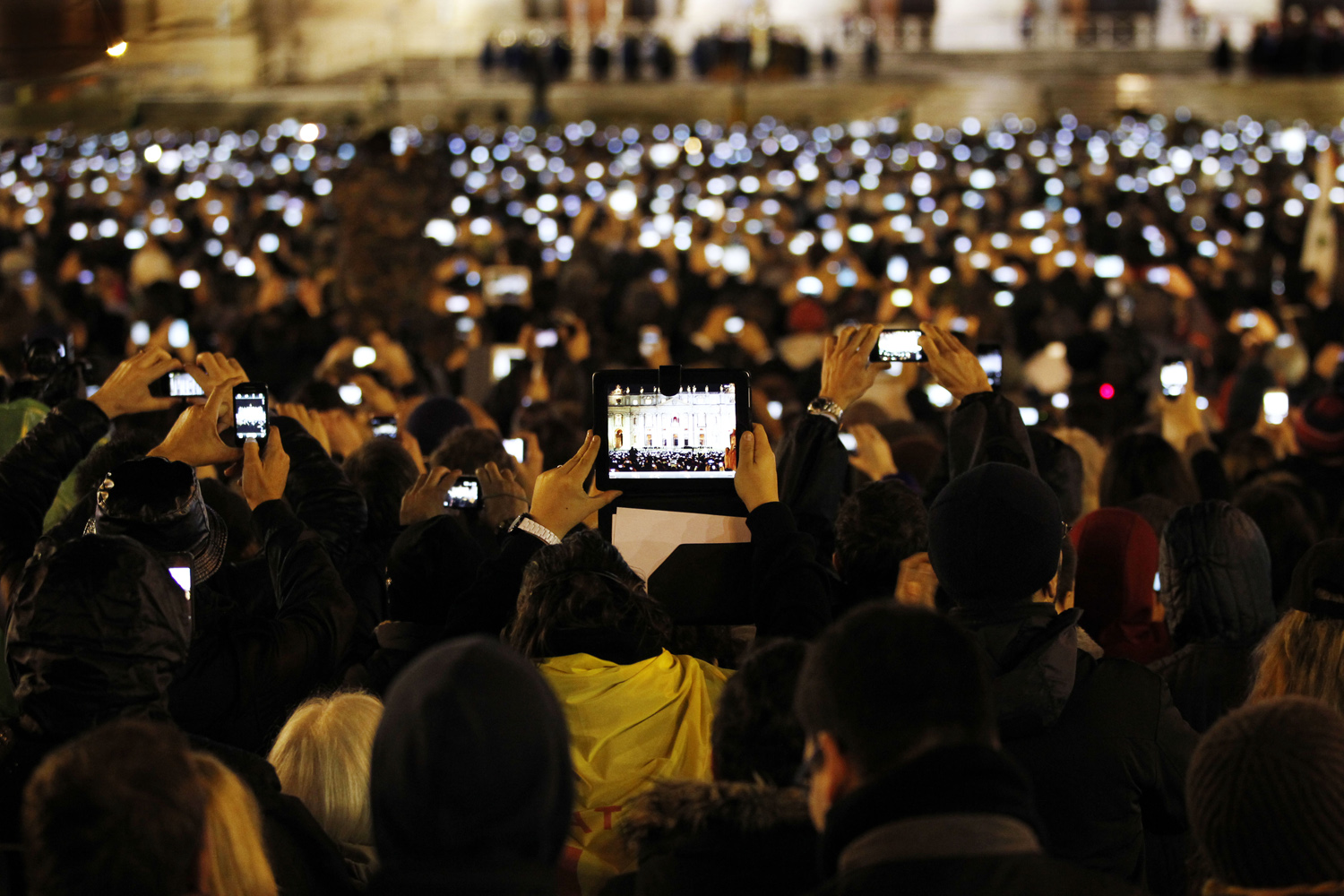
The pattern continues in New York, where Pope Francis will begin his time with an evening prayer service at St. Patrick’s Cathedral before addressing the U.N. the next morning. From there, he will—again—go directly to an interfaith service at the 9/11 Memorial at the World Trade Center. It is another statement about the importance of solidarity, especially between Christians and Muslims in the face of global extremism. Pope Benedict visited Ground Zero to pray in 2008, but Francis is taking it to another level with an interfaith focus. He will then visit a Catholic elementary school in East Harlem, and celebrate mass in Madison Square Garden.
When Pope Francis goes to Philadelphia, the pattern shifts, but only slightly. The World Meeting of Families, a Catholic gathering of families every three years hosted this time in Philadelphia, was from the start the reason for his trip to the U.S. Here, Francis adds specifically political moments to a primarily pastoral visit. In addition to celebrating mass at the Cathedral Basilica, visiting the Festival of Families, and meeting the bishops at St. Charles Borromeo Seminary, Pope Francis will visit Philadelphia’s largest prison, the Curran-Fromhold Correctional Facility. What Pope Francis will do there remains to be seen, but his mere presence will both highlight high incarceration rates in the U.S. and make it hard to ignore the Catholic Church’s opposition to the death penalty.
The whole trip concludes with an outdoor mass on the Benjamin Franklin Parkway, where Pope John Paul II celebrated mass in 1979.
Francis’ schedule is like a liturgy. It is a roadmap to guide the desired focus of, and communal participation in, his message. And the places he has chosen—Catholic Charities in Washington, a school in Harlem, an interfaith service at Ground Zero, a prison in Philadelphia—will likely end up saying as much about what Francis’ focus is as anything else.
More Must-Reads from TIME
- Donald Trump Is TIME's 2024 Person of the Year
- Why We Chose Trump as Person of the Year
- Is Intermittent Fasting Good or Bad for You?
- The 100 Must-Read Books of 2024
- The 20 Best Christmas TV Episodes
- Column: If Optimism Feels Ridiculous Now, Try Hope
- The Future of Climate Action Is Trade Policy
- Merle Bombardieri Is Helping People Make the Baby Decision
Contact us at letters@time.com